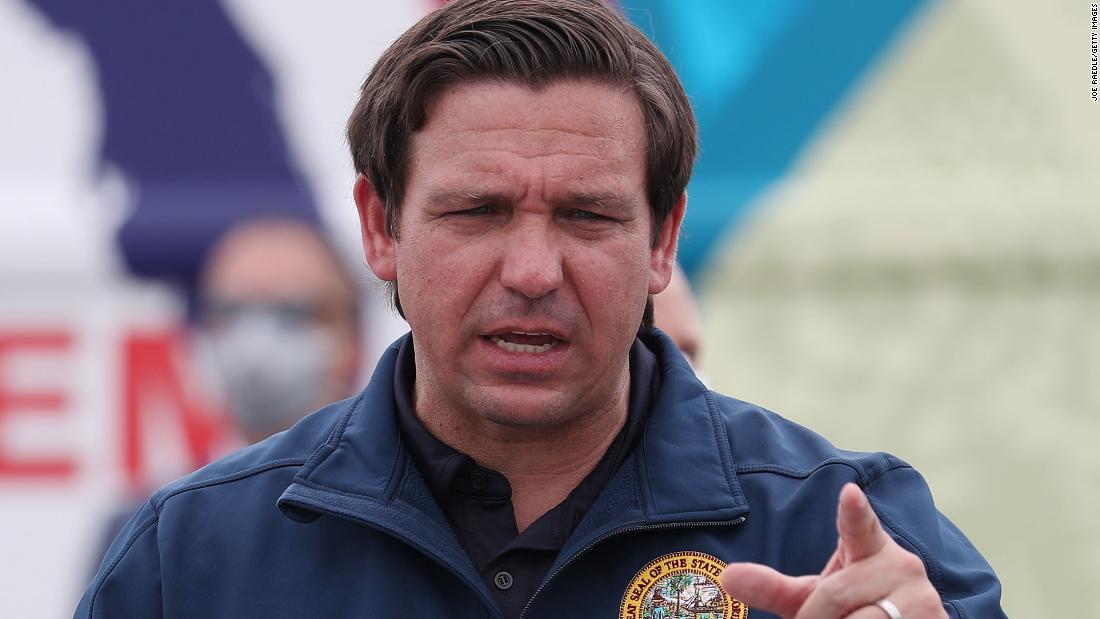
Tomorow’s rocket launch of the CRS-20 mission, scheduled for January 30, 2024, at 12:07pm, will be making a cargo resupply run to the International Space Station (ISS). This mission will utilize a SpaceX Falcon 9 Block 5 rocket, launching from Space Launch Complex 40 at Cape Canaveral Space Force Station in Florida. The payload for this mission is the NG-20 Cygnus spacecraft, named after astronaut Patricia “Patty” Hilliard Robertson, and is designed to deliver approximately 8,200 pounds of scientific research, crew supplies, and hardware to the ISS. This particular launch also marks the 10th flight for the booster B1077, demonstrating SpaceX’s reliability and cost-efficient method to deliver customers cargo. The booster will land back at LZ1 and produce a sonic boom about 8 minutes after launch.

The Cygnus spacecraft, developed by Northrop Grumman and integral to this CRS-20 mission, is packaged and secured inside the fairing section atop the second stage of the Falcon 9 rocket. The cargo includes myriad of scientific experiments and essential supplies designed to support the crew and facilitate ongoing research aboard the orbital laboratory. Among the notable experiments is a groundbreaking Robotic Surgery Tech Demo, which aims to explore the feasibility of robotic surgery in microgravity, a crucial step forward for long-duration space missions and remote medical procedures on Earth.
Another significant experiment onboard is the Compartment Cartilage Tissue Construct, which leverages the unique microgravity environment of space to study cartilage formation and degeneration. This research holds potential applications not only for astronauts but also for medical treatments on Earth, offering new insights into combating cartilage-related ailments.
Additionally, the mission will carry a Metal 3D Printer, part of ESA’s Huginn project, to test manufacturing processes in space. This experiment aims to compare the quality and characteristics of in-space manufactured parts against those made on Earth, paving the way for future in-situ resource utilization and manufacturing on other celestial bodies.
The CRS-20 mission also includes the Kentucky Re-entry Probe Experiment-2 (KREPE-2), following up on its predecessor to test heat shield materials during re-entry. This research is critical for the development of future spacecraft designed for deep space exploration, ensuring their safe return to Earth.

As the Cygnus spacecraft docks with the ISS, it will not only deliver these pioneering experiments but also vital hardware for the station’s upkeep, including upgrades to the life support systems. This includes enhanced components for the station’s urine processing system, which is pivotal for water recycling aboard the ISS – a key technology for sustaining life during extended missions to the Moon, Mars, and beyond.
The CRS-20 mission exemplifies the collaborative spirit of the international space community, combining the technological prowess of SpaceX, the logistical capabilities of Northrop Grumman, and the scientific vision of NASA and its international partners.
For more detailed information and updates on the CRS-20 mission, visit the official Kennedy Space Center website, NASA’s mission page, Everyday Astronaut and NASA Commercial Resupply Mission NG-20 | Northrop Grumman website.




